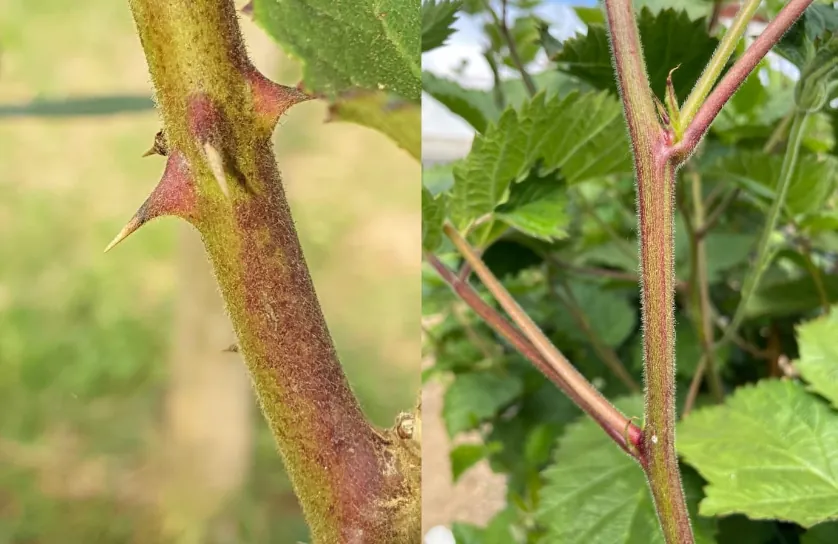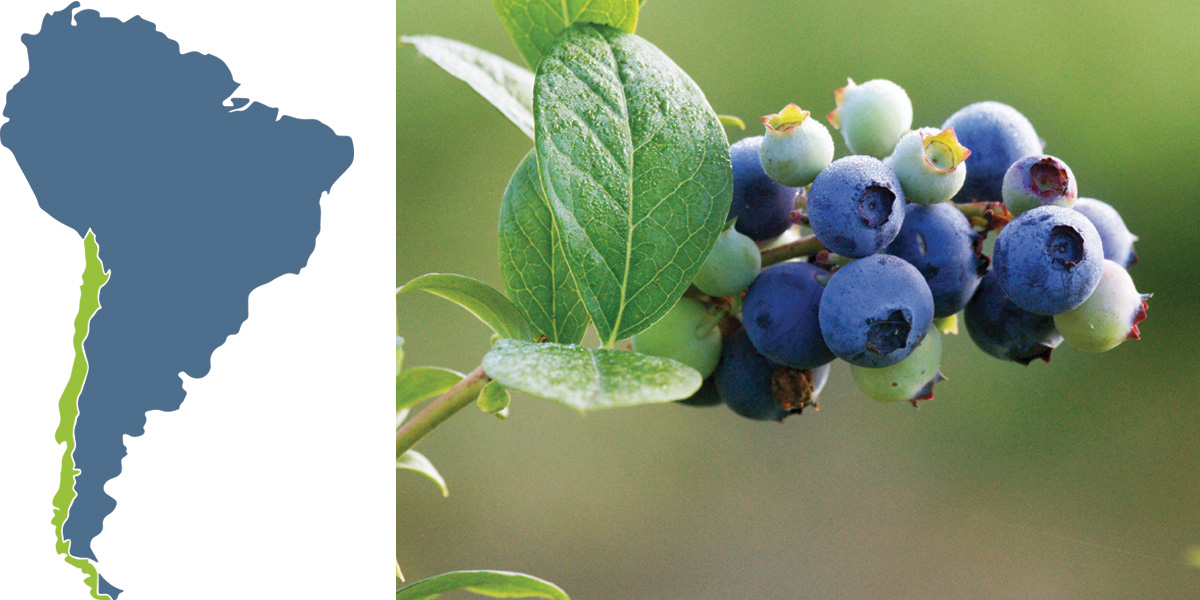A team of researchers led by Dr. Margaret Worthington at the University of Arkansas has identified the genetic locus responsible for the presence of thorns—technically known as prickles—in blackberry plants.
This significant breakthrough provides fresh insights into the genetic control of a trait that has long posed challenges to breeders and pickers alike. Thorny blackberries can scratch harvesters and damage fruit, making thornless varieties highly desirable in the U.S. fresh market.
Genetic markers developed
The study, titled "Genetic control of prickles in tetraploid blackberry", was published in the journal G3: Genes, Genomes, Genetics in March. It marks the first time a diagnostic genetic marker has been developed and publicly released for any trait in blackberries.
Ellen Thompson, a co-author and Global Rubus Breeding Director at Hortifrut Genetics, emphasized that these are the world’s first publicly available markers for both fresh-market and processing blackberries. Genetic markers, she noted, streamline the breeding process by enabling earlier selection—before seedlings even reach the field.
Genome-wide association study
The research focused on tetraploid blackberries, which have four copies of each chromosome, making genetic analysis significantly more complex than in diploid organisms like humans. By conducting a genome-wide association study (GWAS), the team analyzed DNA from 374 blackberry varieties—some thorny, some not—searching for single-nucleotide polymorphisms (SNPs) associated with the thornless trait.
These SNPs, used as genetic markers, allowed the researchers to locate the key region of DNA controlling prickliness.

Linkage and genetic variation
One of the study’s additional findings was the presence of a "linkage disequilibrium block" near chromosome Ra04. This means the thornless trait is often inherited along with other less desirable traits, such as high acidity, weak upright cane structure, and limited cold tolerance.
Over time, selecting only thornless plants has narrowed the genetic variation in this region. Worthington suggested that introducing crosses with thorny varieties could restore diversity and help dissociate the thornless trait from these negative characteristics.
Support and implications
The research was also supported by the USDA through the Specialty Crop Research Initiative and the Agriculture and Food Research Initiative. Co-authors came from a variety of institutions including North Carolina State University, the USDA Agricultural Research Service, and Hortifrut Genetics.
The project was made possible by advanced bioinformatics tools developed through a national initiative focused on genomic resources for polyploid crops.
This discovery has broad implications for the future of blackberry breeding. By enabling early and accurate screening for thornlessness, the findings promise to shorten breeding cycles, improve selection efficiency, and allow the integration of diverse genetic traits into new cultivars.
Ultimately, the research contributes to the development of more resilient, market-friendly blackberry varieties while reducing labor and production costs.
Text and images source: aaes.uada.edu









